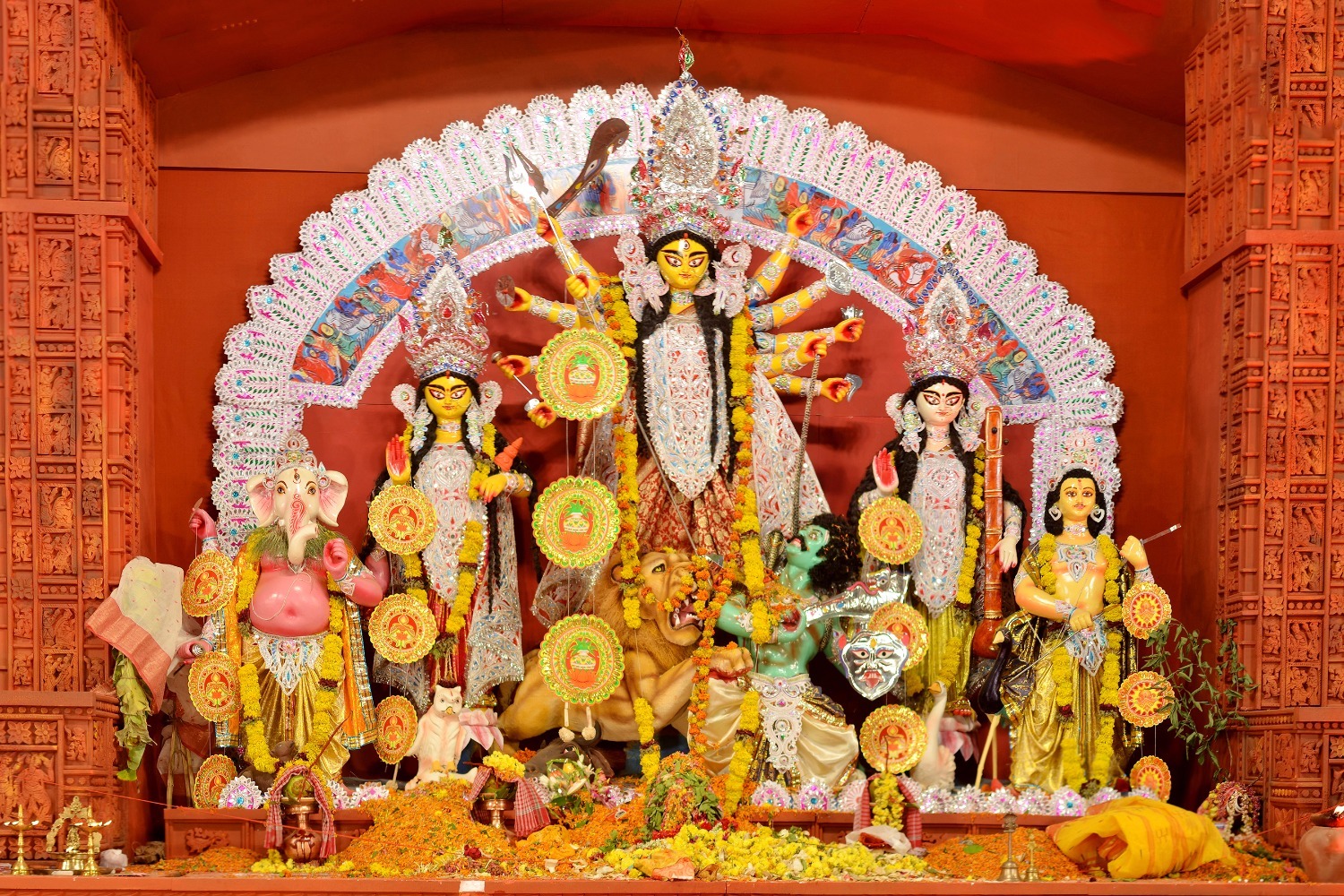
What No One Ever Told You About the Colours of Navaratri!
5 Oct 2016 | 4 min Read
Anshu Bhojnagarwala (firsttimemommy)
Author | 67 Articles
Come Navratri and various WhatsAPP messages telling you the colours of each day of Navratri start doing the rounds! When I got such a message on one of my mommy groups, I realized that every year, the colours of Navratri change. Yes, it’s true! Navratri celebrates Maa Durga and its nine avataars. And, each day is dedicated to one Goddess and is symbolized with the colour of the day. As every Goddess has a specific day of the week to be worshipped, the day Navratri begins decides which colour pattern will be followed. Interesting, isn’t it?
Most of us associate Navratri with fasting, feasting, praying and garba raas. Well, it’s time to learn with our kids that there’s more to Navratri than that.
Navratri is celebrated to worship Goddess Durga who is the Eternal Mother, the creative energy. And each day stands for the beautiful mothers of the world who give birth to children, nurture them, protect them, bless them and fight the world to keep them away from any harm.
This is what Durga and her forms signify:
- Durga stands for the invincible
- Bhadrakali signifies the auspicious and fortunate
- Amba or Jagdamba symbolizes the Mother of the universe
- Annapoorna is the giver of food
- Sarvamangala is the giver of happiness
- Bhairavi is the one who terrifies
- Chandika is the violent one
- Lalita stands for beauty
- Bhavani is the giver of life
- Mookambika is the one who listens
Each colour of Navratri stands for a virtue. Here are the nine colours of Navratri:
RED: On this day, Durga is worshipped as Shailputri, the daughter of the mountain. The colour of action, viguour and warmth, nothing puts kids in a more festive spirit than dressing them up in this bright earthy colour.

PEACOCK BLUE: Worshipped as Brahmacharini, the Goddess grants power, prosperity and grace, also the virtues of the colour Blue. When you dress up your kids in royal blue, they get a sense of calm and power.

YELLOW: Chandraghanta is the symbol of peace, beauty and bravery. The colour yellow symbolizes the same. Kids will feel bright and sunny dressed up in a shade of yellow.

GREEN: The green depicts the rich green flora on the earth bestowed by the Goddess Kushmanda who created the entire world. It provides vitality, calmness and oneness with the nature.

GREY: Skandmata is the mother of God Skanda, or Kartika, and is depicted holding an infant Kartika. She symbolizes the strength and vulnerability of a mother. She can turn ferocious to protect her little one if need be. Hence, grey is her colour that explains her virtues very well.

ORANGE: Goddess Durga was born, to a sage named Kata in the form of his daughter called Katyayani, wearing orange clothes. Hence, orange colour is worn that represents courage.

WHITE: The white symbolizes prayer and protection that Goddess Kaalratri bestows on all her followers. She protects them and gives them freedom from all sorts of troubles.

PINK: Maha Gauri is worshipped as the symbol of forgiveness and mercy. She destroys all the sins. Hence, pink is worn to represent fresh beginnings and hope.

SKY BLUE: Siddhidatri has been given the colour blue that symbolizes a clear sky that is soothing and healing.
This Navratri, not only teach your kids the importance of these nine colours, but also bring in an element of fun by dressing them up in colour coded clothes!
Explore the entire collection of articles: Navratri
If you are reading this article on our website and have an Android phone, please download our APP here for a more personalised experience based on your lifestage.
A


Suggestions offered by doctors on BabyChakra are of advisory nature i.e., for educational and informational purposes only. Content posted on, created for, or compiled by BabyChakra is not intended or designed to replace your doctor's independent judgment about any symptom, condition, or the appropriateness or risks of a procedure or treatment for a given person.
